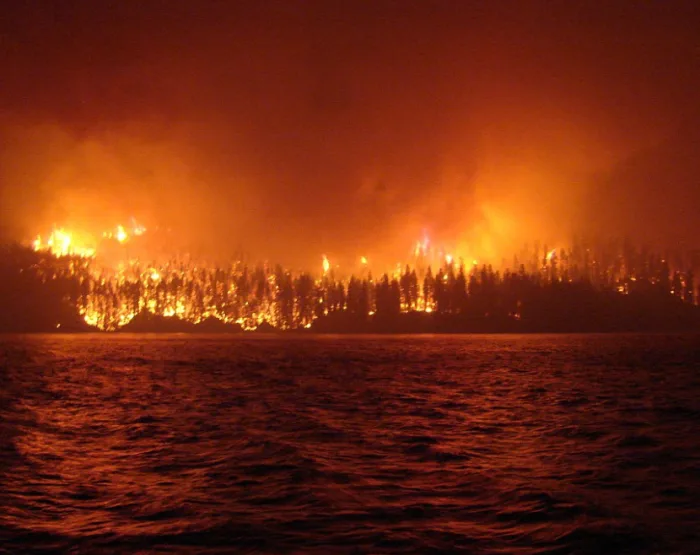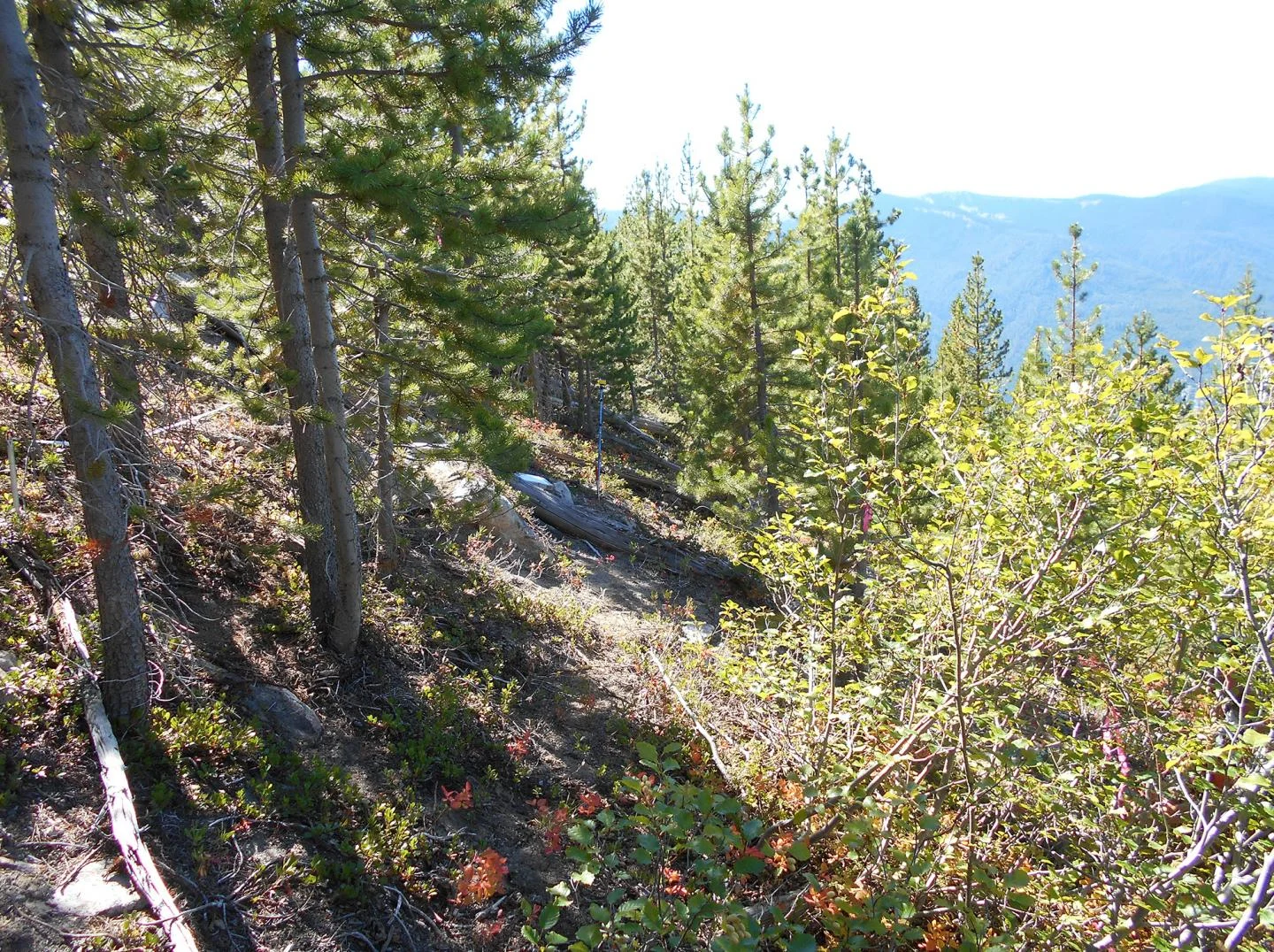
Study: Wildfires can impact local water levels up to 40 years into the future
Flooding is common after wildfires, but the authors of a new study say they were 'surprised' at how long this change persists.
The way the land is treated after a wildfire can impact local water levels up to 40 years after the event has taken place, according to new research.
Flooding and elevated water levels are common after wildfires, along with mudslides and debris flows. In January 2018, 15 people were killed in southern California's Montecito community, weeks after the largest fire in state history destroyed the area's local vegetation.
A heavy storm moved through the burn area, picking up loose soil and debris that evolved into a dangerous mudflow that crashed into the community below it.
And about three months after Fort McMurray, Alberta was devastated by a massive blaze in 2016, exacerbated by above-seasonal summer temperatures, high winds, and dry conditions, a weekend of heavy rainfall triggered widespread flooding in the community.
"It's a bad dream," city councillor Keith McGrath told the CBC at the time.
"I think I'm in a bit of a denial state. How can this happen? How can so much happen within the span of three months?"
According to Ryan Niemeyer, an adjunct faculty member in WSU's Center for Sustaining Agriculture and Natural Resources and a lead author on the new paper, vegetation plays a pivotal role in flood prevention.
While it's unclear if the Fort McMurray floods were exacerbated by fires that had taken place weeks prior, the lack of vegetation in the area likely did not help.
"Trees work like straws, pulling water up out of the ground," Niemeyer said in a statement.
"When you remove them, the water has to go somewhere. Flooding is common after a wildfire, as is elevated stream flow in subsequent summers. But seeing that the effect lasts for up to 40 years is a little surprising and certainly a new finding."
'SURPRISING' RESULTS
For their study, Niemeyer, along with Kevin Bladon at Oregon State University and Richard Woodsmith of Woodsmith Watershed Consulting, examined the U.S. Forest Service's Entiat Experimental Forest in north-central Washington, an area that experienced a wildfire, likely started by lightning, in 1970.
They identified three areas of the forest. In two of them, the burned trees had been cleared away and re-fertilized with native seeds. The third area was untouched.
Studies from the 1970s showed a "significant" increase in water levels in the area after the fire, but measurement equipment was removed a few years later, Niemeyer says.

Flooding is common after a wildfire, as is elevated stream flow in subsequent summers. File photo courtesy: Wikipedia.
Research on the area resumed in 2004, and Niemeyer and his colleagues analyzed water-level data on the area between the years 2004 and 2011.
Forty years after the fire, the untouched area still had water levels above the pre-fire baseline, indicating that debris removal and re-seeding an area post-fire can have a significant, long-term impact on a local ecosystem.
RELATED: How a spark can become a disastrous wildfire in a matter of minutes
"Typically, research has demonstrated that burned soils become hydrophobic (water-resistant) - and infiltration is greatly reduced," Niemeyer tells The Weather Network in an email.
"However the degree of hydrophobicity. i.e., how water resistant soils are decreases rapidly through time, and typically after about 3-years, the surface infiltration (how much water enters the surface of the soil) returns to normal."
Increased water over an extended period can impact a local environment in several ways.
For starters, erosion tends to be higher in areas that aren't re-seeded, because trees help keep soil in place when it rains.
That means excess soil is then transported into the watershed, where it can impact nearby marine life.
"Flooding is a common danger after a wildfire to downstream infrastructure and human life. In our study, peak flows increased by 250 per cent in the 7 years after the wildfire. This impact reduces over time. In the long-term period -- 35-41 years after the wildfire -- peak flows were 15-25 per cent greater in two of the catchments, and actually lower one of the catchments."

An area of the Entiat forest that was left to regrow without intervention. Courtesy: USDA Forest service.
NEARBY ECOSYSTEMS
While localized, wildfires can have wide-reaching effects.
Niemeyer's study did not analyze how elevated streamflows impact surrounding ecosystems but he says it could influence aquatic ecosystems in several ways. He cites the salmon population watershed directly downstream of the forest his team studied as an example.
"In the short term - elevated flows can negatively impact aquatic habitat. For example, potentially debris flows immediately after the wildfire reduced salmon habitat, as has been observed after other wildfires in the region," he says.
RELATED: Australia wild fires are generating their own weather
"The degree to which wildfires can produce scouring depends on the extent and intensity of the wildfire."
In the long term though, elevated flows could be beneficial.
"Water temperatures are one of the primary limiting factors for salmon success, and elevated flows can increase the amount of cool water in the streams," he explains.
"So the elevated flow that persisted in Fox Creek potentially benefits the salmon in the region."
Niemeyer's paper has been published in the journal Hydrological Processes.











